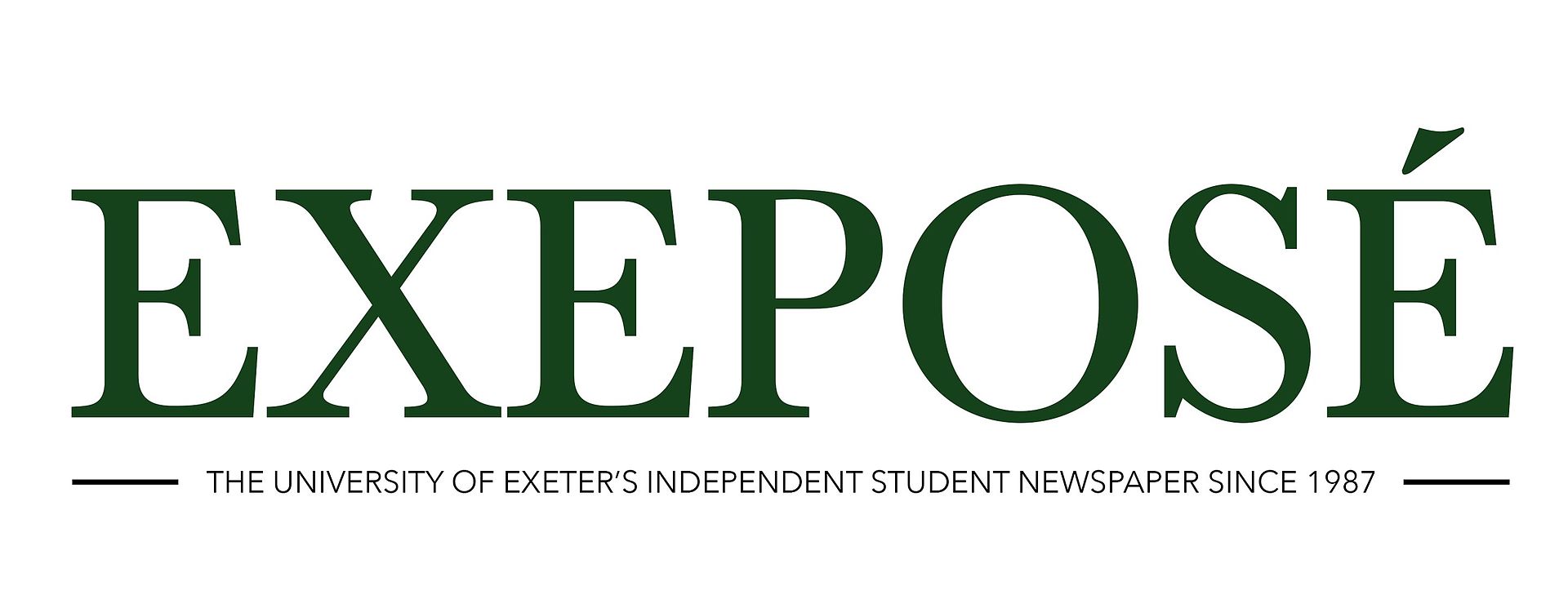Go to any festival this year, and you’ll be confronted by hordes of white, middle-class youth rocking bindis and faux-Kente-printed shirts. The vast majority have probably never been near India or Ghana. I doubt they’re clocked on to black history or pan-Africanism or are well versed in Hinduism. But does that matter? Well, increasing numbers of people say that it does.
In recent years, we have seen the rise of cultural and religious representation with brands such as Topshop selling cultural items including bindis, and most recently the Nike sports hijab. Even Debenhams have announced that they will be the first British department store to sell a range of clothing, including hijabs and abayas, that are specifically targeted towards Muslim women.
Is the fashion industry actually moving forward?
For many, this highlights that the fashion industry is finally starting to appreciate and cater for people of different races, cultures and religions. However, others are criticising it for taking trends too far, raising the issue of cultural appropriation. Is the fashion industry actually moving forward, or is it taking advantage for their own benefit?
Cultural and religious items first started to become popular at the same time celebrities started to wear them at music festivals. Vanessa Hudgens, Kendall Jenner and Selena Gomez were all spotted wearing bindis at the popular American music festival, Coachella. This instantly started a trend and consequently saw brands like Topshop fill their shelves with these “trendy” items. Some will say that it is simply festival-wear, but others would argue that they’re taking advantage of items that are central to certain lifestyles and find these fashion statements offensive.
Will it ever be appropriate to take items or styles from a culture or religion and make them your own? In 2016, the Kardashian-Jenner family loved appropriating cultures that are not their own more than Britney Spears loved sleeveless turtlenecks in the ’90s. They might have even loved cultural appropriation more than Kanye West loves Kanye West. Although many tried to inform them of why them wearing cornrows and dreadlocks as an accessory is offensive to some people, they keep on doing it. What is even more shocking to the people that they have offended is, that most of the time, they don’t think that they have done anything wrong. Kylie Jenner has even been accused of putting on blackface for a photoshoot. What made matters worse is that magazines and the media described her looks as ‘new’, ‘edgy’ and ‘bold’.
However, in a time when locating and isolating cultural appropriation has gone above and beyond its common efforts, we mustn’t forget the importance of what this represents for the fashion industry as a whole. Gigi Hadid, wearing a bejeweled hijab on a recent Vogue cover, captioned her Instagram post: “I think the beautiful thing about there being international Vogue is that, as a fashion community, we are able to celebrate and share with the world, different cultures. Being half-Palestinian, it
means the world to me to be on the first ever cover(s) of @voguearabia, and I hope that this magazine will show another layer of the fashion industry’s desire to continue to accept, celebrate, and incorporate all people & customs and make everyone feel like they have fashion images and moments they can relate to… & learn and grow in doing so.”
Sounds like a pretty fantastic sentiment… and yet, people were quick to slam her for it. Twitter screamed accusations of cultural appropriation against someone who comes from a Middle Eastern, Muslim background. Was the problem that she’s not Muslim enough to wear this piece of clothing, or that we don’t want to promote our individual cultures – diluting and opening them up to the general public through accessible, white-looking celebrities?
We’re only just entering a period where racism isn’t endemic in Western society
Don’t get me wrong, I understand why we’re all cautious these days. We’re only just entering a period where racism isn’t endemic in Western society (although who knows how long that’ll last with Trump and various far-right movements throughout Europe). In a bid to keep it in check, we self-police to ensure that we aren’t overstepping any lines.
You cannot disassociate Black and Asian identities in Europe or the States with systemic racism and historical abuse. And there’s no ignoring that – regardless of how ‘pretty’ the ‘costumes’ might be. With that in mind, it’s easy to see why people of colour might be put out seeing white people wearing certain significant and traditional garments as fashion symbols without any acknowledgement of the culture behind them.
Recently, Vogue provoked outrage over a photoshoot which featured white American supermodel Karlie Kloss dressed as a geisha, complete with a black wig and white make-up. Critics claim that Kloss has participated in an act of racism, that Vogue is guilty of ‘yellow-face’ for casting a white model for a Japanese-themed shoot. Kloss has since apologised, tweeting: “These images appropriate a culture that is not my own and I am truly sorry for participating in a shoot that was not culturally sensitive”.
High fashion is ostensibly about being different and pushing boundaries. Vogue’s willingness to take risks and spark trends is what has made it a household name. The idea that a shoot should be constrained to whatever cultural heritage a model was born into undermines creative exploration. In fact, in many ways, models’ backgrounds are irrelevant – their job is to let the clothes take centre stage and perform the character assigned to that shoot; we mustn’t ignore the importance in growth of representation.
Importantly, New York Fashion Week recently saw a more diverse range of shows, designers and models than ever, with cultures and religions from all over the world being appreciated and given the attention they deserved. This most recent New York Fashion Week was definitely one to remember – the week saw the celebration of different cultures, religions and groups in their shows, models and collections. Perhaps most notably, Kanye West’s Yeezy Season 5 show during the week included Halima Aden, a Muslim model who is committed to wearing a hijab. She most definitely made an impact, as well as challenged the beauty standards that we usually see in Fashion Week.
This wasn’t the only focus on diversity during the week, as Muslim designer Anniesa Hasibuan, who had already made history last year by being the first designer to showcase a collection that included hijabs, again impressed everyone with her beautiful collection. Not only that, all of the models that walked in the show were immigrants, making her a name in the industry not only for her designs, but also for her emphasis on the importance of diversity in fashion.
Diversity in the fashion industry goes beyond Fashion Week. Dolce and Gabbana and the aforementioned Debenhams have both recently announced collections that are aimed specifically at Muslim women. These collections have been highly praised, as Muslim women are finally starting to have more choice in colours, fabrics and prints from mainstream retailers and designers.
Undoubtedly there are many issues with representation and beauty standards within the fashion industry, but recent years have shown us that there is some hope for a brighter future. Stereotypes are being challenged, and Fashion Week has shown us that brands and lines are recognising that they are there for people of all different backgrounds. But we can’t assume that just because the fashion industry is starting to become more open to diversity, all the issues with cultural appropriation are solved. The hope is that by the fashion industry opening up to the rest of the world in a representative way, everyone will perhaps be able see the difference between representation and appropriation. If we insist on keeping our cultures exclusive, where do we draw the line? The UK is a melting pot of cultures, races and creeds, and our cuisine, music tastes and fashion trends mirror this.
Progress is giving people the freedom to explore . . . new cultures
So perhaps before we call people out for cultural appropriation, we should check ourselves. We all need to stay woke but we shouldn’t let that stand in the way of appreciation. Progress is giving people the freedom to explore and to forge their own relationships with our cultures – not denying them access to them.


